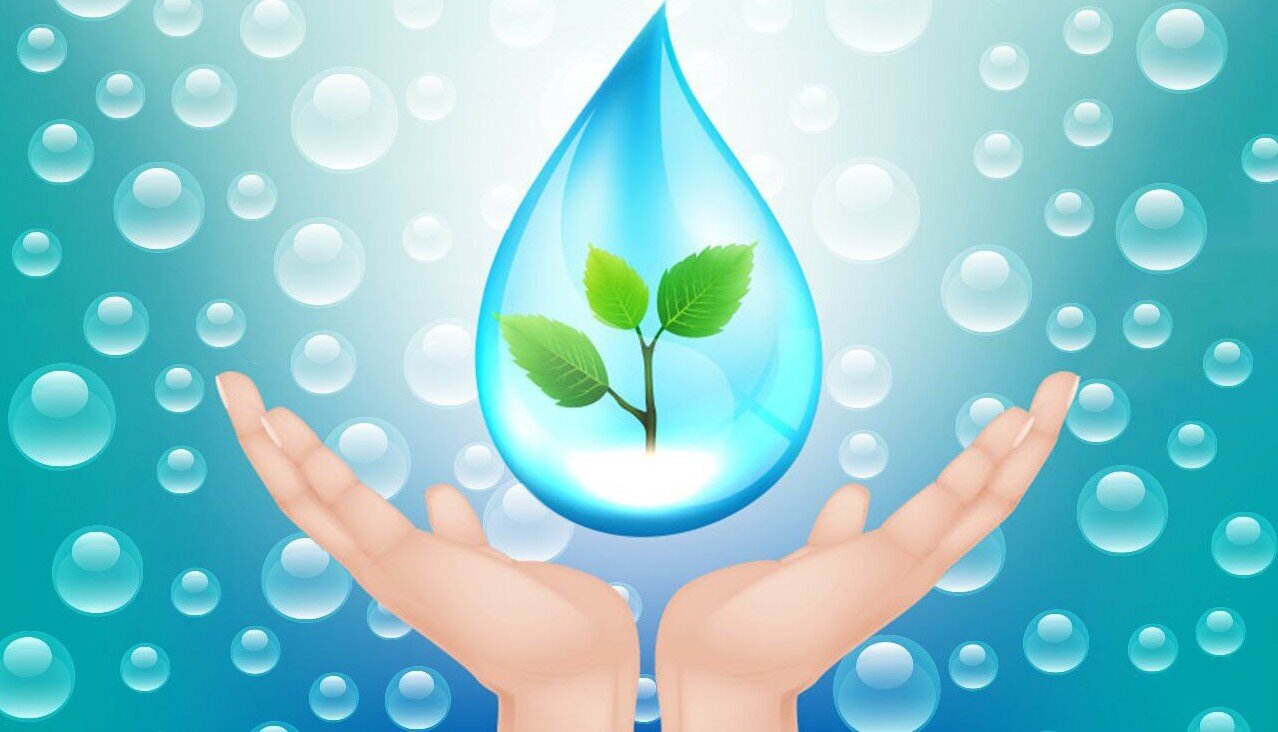Iran advances in Environmental Performance Index
Iran advances in Environmental Performance Index
TEHRAN –The 2024 Environmental Performance Index (EPI) has ranked Iran 113 among 180 countries on climate change performance, environmental health, and ecosystem vitality.

Compared to 2022, Iran’s ranking (133) has climbed up by 20 places. The 2024 EPI provides a data-driven summary of the state of sustainability around the world. Using 58 performance indicators across 11 issue categories, the EPI ranks 180 countries on climate change performance, environmental health, and ecosystem vitality.
These indicators provide a gauge at a national scale of how close countries are to established environmental policy targets. The EPI offers a scorecard that highlights leaders and laggards in environmental performance and provides practical guidance for countries that aspire to move toward a sustainable future.
Iran’s best rankings are in Marine protection stringency (first), Marine key biodiversity areas (KBA) protection (39), Fish stock status (17), Net carbon fluxes due to land cover change (10), Household solid fuels (42), and Waste recovery rate (50).
However, adjusted emissions growth rate for carbon dioxide (162), Lead exposure (156), NO2 exposure (150), Anthropogenic particulate matter (PM)2.5 exposure (140), and Terrestrial Biome protection (145) are among unsatisfactory indices.
Indicators that have had negative trend in 10 years include Adjusted emissions growth rate for black carbon (-64.1), Adjusted emissions growth rate for F-gases (-23.4), Adjusted emissions growth rate for methane (-10.7), Regional marine trophic index (-30.4), Ozone exposure cropland (-28.3), Ozone exposure KBAs (-20.2), and Co exposure (-8.4).
EPI indicators provide a way to spot problems, set targets, track trends, understand outcomes, and identify best policy practices.
Going beyond the aggregate scores and drilling down into the data to analyze performance by issue category, policy objective, peer group, and country offers even greater value for policymakers.
This granular view and comparative perspective can assist in understanding the determinants of environmental progress and in refining policy choices.
Iran’s rich biodiversity
Iran is considered a crossroad between Asia, Africa, and Europe. This geographical situation has led to the climatic diversity of the country.
Despite the country’s rich biodiversity, some species have been severely damaged over the past years.
A total of 1036 vertebrate species are identified in the country. Out of 209 mammals, 560 birds, 242 reptiles, and 25 amphibians, around 75 species were included in the International Union for Conservation of Nature (IUCN) Red List in 2022.
Bustards and Asiatic cheetahs are among critically endangered species, there are roughly 19 species of bustards and 25 species of cheetahs identified in the country.
Moreover, a total of 35 out of about 62 endangered species of birds are aquatic and water-side.
Some 8,000 plant species have been identified so far in the country, which, in terms of their diversity and number, equals 80 percent of the plant species of the European continent.
The diversity of plants in Iran is unique in West Asia to the extent that the country ranks second following Turkey. In addition to native plants, there are also some other species in the country known as endemic species which are much more limited than native species. Out of 8,000 native species, some 1,800 are endemic. These species are found only in a certain geographical area.
Due to human activities, biodiversity has faced numerous threats, including habitat loss and fragmentation, overexploitation of natural resources, pollution, invasive species, and climate change, which has led to the extinction of many species and the degradation of ecosystems worldwide.
Habitat destruction is one of the main factors that affects the extinction of a species. Road construction, mining, overgrazing, and land use change greatly damage wildlife habitats and reduce population size and genetic diversity within a species. Drought has resulted in decreased vegetation diversity and a lack of food for herbivorous species.
Several measures can be taken to mitigate the impacts of climate change, particularly drought, on the destruction of plants, such as managing the exploitation of natural resources and preventing the destruction of ecosystems to prevent severe conditions and lessen pressures on plants.
Also, raising public awareness to protect nature is an important step that helps governments to preserve nature.
By improving local communities, private sectors, and individuals’ roles in preserving wildlife along with the help of today’s science and technology, we can make sure that ecosystems can thrive and plant and animal species can exist for future generations.
MT/MG
source: tehrantimes.com